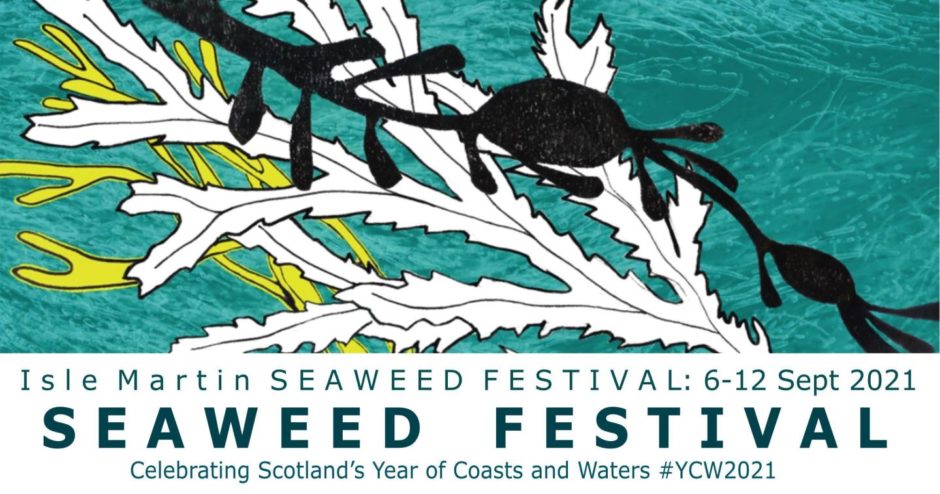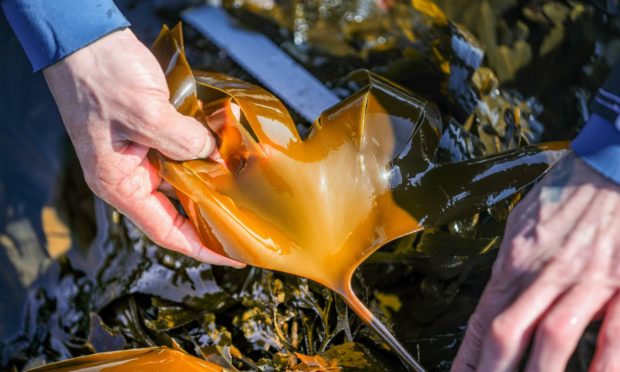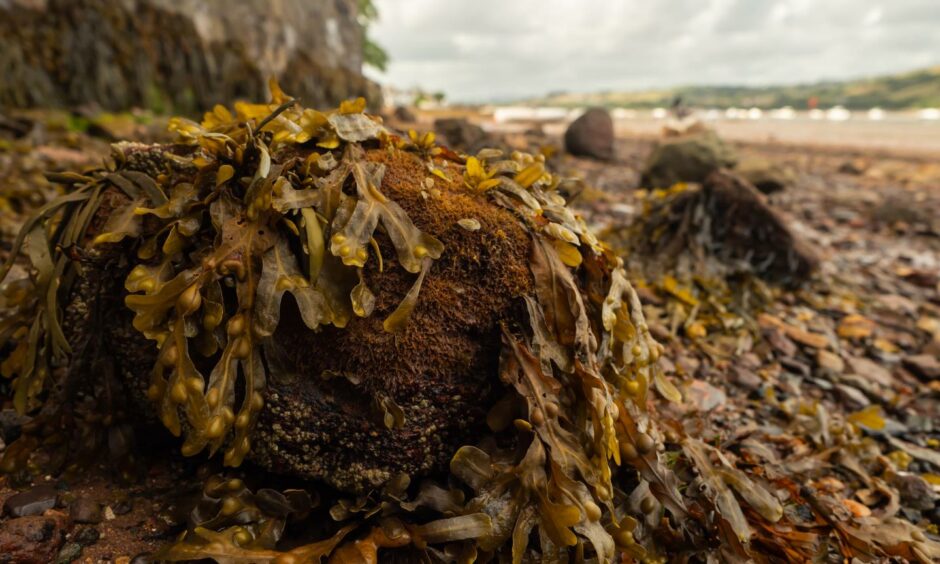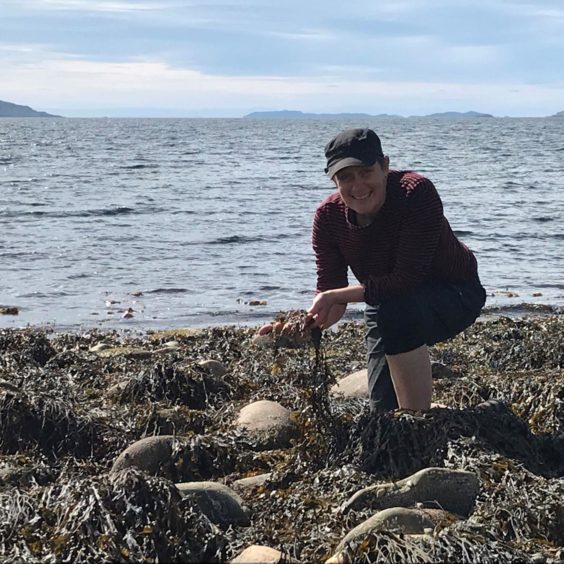It’s sludge coloured, slimy and a little bit smelly, so perhaps it’s not surprising that we overlook seaweed as nothing more than an ugly blot on our beaches.
But this neglected plant is actually a marine powerhouse.
Not only does it provide a critical habitat for all kinds of fish and a source of nutrition for the likes of crabs and sea urchins, but kelp also produces vast amounts of oxygen, absorbs carbon and has unique properties that can be used in everything from cosmetics to biofuels.
Many believe it is an untapped resource, and finally, Scotland’s seaweed is getting some of the recognition it deserves with an all-new seaweed festival beginning on Monday.
Seaweed takes over the island
Isle Martin just north of Ullapool has been chosen as the main location for the week-long seaweed event.
The uninhabited island will be hosting a variety of talks, presentations, workshops and even seaweed tastings involving local and international guests.
“I had the idea for the festival many years ago after I became fascinated by seaweed,” said festival curator Julia Barton, “over the years I’ve become absolutely besotted with it.”
Julia’s obsession began more than a decade ago when she started using plants as part of an art project, and quickly identified seaweed as an untapped resource.
The more she learned, the more passionate she became – not only about seaweed’s beauty but its vital part in marine diversity and the global ecosystem.
“The catalyst for the festival was when VisitScotland announced the Year of Coasts and Waters, and I thought it would be a great opportunity to celebrate seaweed,” she said.
Slimy but sustainable
Julia has brought together a range of scientists, artists, ecologists and writers with the aim of mapping out what is happening on our coastlines and where seaweed fits into a modern world.
“People’s first statement is usually ‘ughh, slimy!’ and I feel like this flora has been maligned,” she said. “There is also a huge historical connection in Scotland with the likes of kelp burning.
“So we won’t just be looking at the past but also the future and seaweed’s massive sustainable potential.”
Farming is a particularly interesting aspect, according to Julia.
Unlike land-based crops, seaweed doesn’t require fertilizer, pesticides, freshwater, or, obviously, land.
It grows fast and absorbs CO2 while it’s growing, making it a valuable carbon sink. Algae also absorbs other excess nutrients like nitrogen and phosphorus and creates new habitats for marine life.
How to get to Isle Martin?
The seven-day festival begins on Monday, and throughout the week various seaweed identification walks and creative activities will be happening on local mainland beaches.
On Saturday the action moves to Isle Martin itself, with ferries arranged to take visitors to the island in time for the first activity of the day – Professor Juliet Brodie from Natural History Museum presenting a film introducing ticketholders to the wonders of seaweed.
Other highlights of the weekend include the award-winning author and historian David Gange, who will be kayaking over to Isle Martin to present his talk Seaweed at the Centre of the World.
Another speaker, New Zealand-born forager and chef Jayson Byles, who now lives in Fife, will be cooking up some seaweed treats over a festival campfire.

“Some of the presentations we have pre-recorded in advance so we are able to put them out online at the same time as the live presentation on the island,” said Julia.
“We know that some people might not be able to travel here and didn’t want them to miss out.
“This has been in the planning for three years but with covid we didn’t know if it would ever happen, so I’m thrilled we’re able to pull this off.”
The festival is running from September 6 to 12, tickets are free but must be booked here to reserve a ferry slot. For full event programme details, click here.



